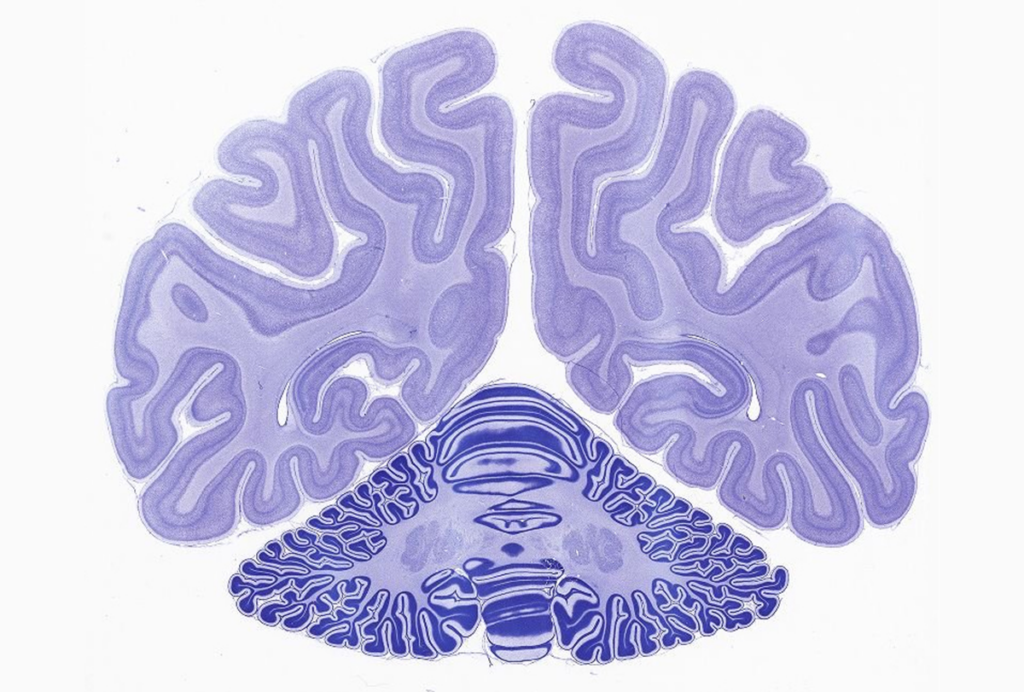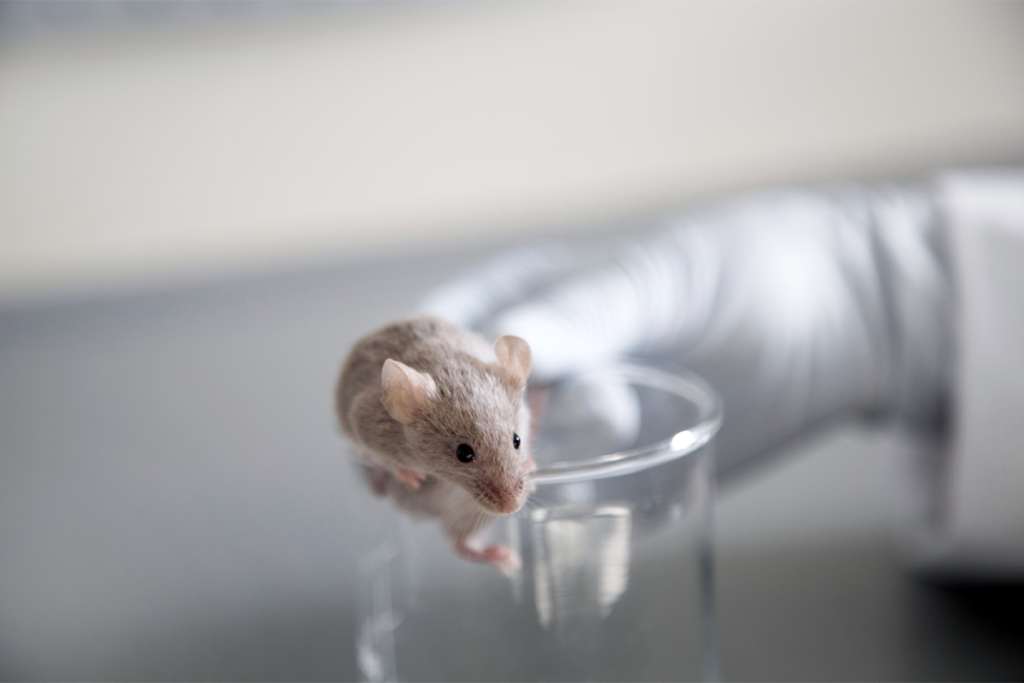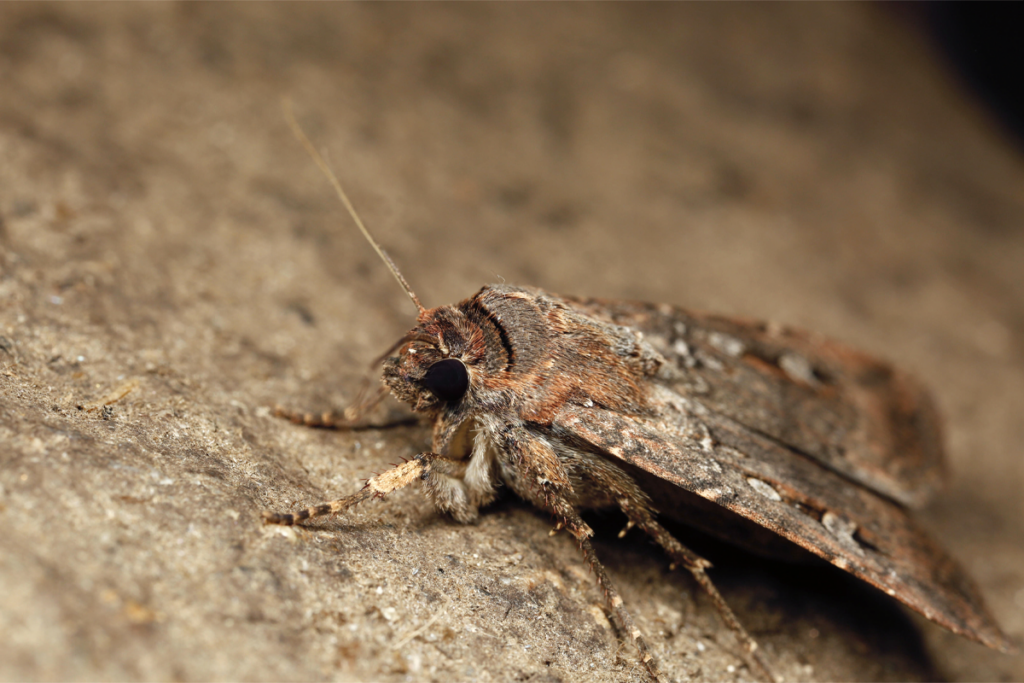Neural ‘barcodes’ help seed-stashing birds recall their hidden hauls
These distinct patterns of neuronal activity within hippocampal cells may also represent the basis for episodic memory.
When the first hint of winter arrives in New York City, Selmaan Chettih likes to walk Central Park’s North Woods, where the trees grow tall and wild. At some point, he stops and stands with a handful of peanuts in his outstretched palm.
“For a while, there’s nothing,” says Chettih, who is a postdoctoral research fellow in Dmitriy Aronov’s lab at Columbia University’s Zuckerman Institute. By the time his fingers begin to feel numb, though, a few small birds — some with black heads, others with pointy gray tufts like hats — usually emerge from the trees. They swoop toward him and take turns landing on his hand, each cocking its head a few times before grabbing a peanut with its beak. They then flit away, caching their prize into a bark crevice, tree crotch or other hideaway.
Only select species of birds, including the black-capped chickadees and tufted titmice in North Woods, display this stockpiling behavior. Because they do not migrate, they need to create the caches to help them survive during winter. Each bird can keep track of thousands of different caches — making them experts at remembering specific events in time.
In people, such memories of specific events are called “episodic memory” — and they present a paradox that has captivated scientists for decades, says Timothy Allen, professor of neuroscience at Florida International University in Miami: How can memories formed so quickly contain so much detail?
Chettih and his colleagues are trying to crack the riddle by uncovering the mechanisms that underlie the birds’ caching behavior. Black-capped chickadees, they have found, store memories of individual food-caching events in the hippocampus in the form of non-overlapping patterns of brain activity, or “barcodes,” as the team put it in work presented at the Society for Neuroscience meeting last week and in a preprint posted on bioRxiv in May. The barcodes originate when a bird hides a seed and reappear only when the bird returns to that same seed.
“This is probably part of the code for personal experiences,” says Allen, who was not involved in the new study.
P
sychologist and cognitive neuroscientist Endel Tulving coined the term “episodic memory” in 1972 to distinguish memories of specific events, such as mentally re-experiencing something you did on summer vacation, from memories about general concepts, such as remembering that summer is typically hot. Episodic memories, he wrote, “are autobiographical events, describable in terms of their perceptible dimensions or attributes and in terms of their temporal-spatial relations to other such events.”Based on Tulving’s definition and subsequent work, episodic memory requires a person to recall what a memory is about, as well as and where and when it happened. Such mental time-travel occurs in people, according to in vivo single-neuron recordings, but evidence of it in animals has been elusive — which is one reason why researchers refer to these memories in animals as “episodic-like.”
Food-caching birds are an ideal model for studying this form of memory, Chettih says, because the animals perform their own memory tests in the wild every year when they successfully retrieve their stores. At one time, people dismissed birds’ behavior as uninteresting and robotic, he says. “It was just totally implausible to people that [the birds] actually could have minds or memory that could support hiding things.” But that view changed over the years. When he watches black-capped chickadees in the wild, he says he is struck by how intent they seem as they gather and save seeds.
To study this behavior in the lab, Chettih and his colleagues built a special arena: an enclosed space with a grid of 128 small holes to serve as potential food-caching sites and perches for the birds to land on. They covered the holes with a flap of rubber material that the birds can move to hide a cache. When the researchers gave the animals brief access to a pile of sunflower seeds and let them explore the grid freely, the birds readily began to tuck the seeds away into the holes. “You’re trying to tap into a natural drive the animal has,” Chettih says.
Chettih and his colleagues then inserted electrodes into the birds’ anterior hippocampus to track neuronal activity when the animals first hid a seed and again when they went back to retrieve it.
As a bird navigated the arena, electrodes recording from “place cells” in the animal’s hippocampus showed activity in response to different locations. And the electrodes also showed a distinct pattern of neuronal activity with each instance of food-caching — a “barcode” that was independent of place-cell activity. That same signal popped up when the bird went to retrieve the seed at a later time, suggesting that the signal formed a basis for the animal’s memory of the event.
“This barcode might be the substrate,” Chettih says. And, he adds, it can associate with and activate other features of a memory — including visual information, such as whether a seed is present, and spatial location — much in the way that a barcode at a grocery store links information about a product and its price.
“I
t’s pretty impressive work,” says John Sakon, project scientist in Itzhak Fried’s lab at the University of California, Los Angeles, who was not involved in the study. But whether the signal is truly representative of episodic memory remains unclear, he and others say.“The notion that you can get a population of neurons to be reactivated does not necessarily mean that the animal is having a conscious experience like the experience that we would call episodic memory,” says Nelson Spruston, chief of scientific operations and programs at the Howard Hughes Medical Institute’s Janelia Research Campus in Ashburn, Virginia, who was not involved in the work. “It’s a beautiful study. But the importance of it does not depend on whether that’s considered the episodic memory or not.”
The neuronal responses suggest that the birds remember that they hid seeds in a specific location, which ticks the “what” and “where” requirements of episodic memory, Sakon says. But whether they remember “when” they did it is not apparent, he says. “Trying to find all three in the same place is a bit of a holy grail of sorts.”
Behavioral data from the birds might be able to help, Sakon says, and that is something that the study is missing. If the researchers could show that reactivation of the barcode was more likely to precede a successful seed retrieval, it would help confirm that the birds remembered a specific instance of seed caching in those moments.
Figuring out that timing is “basically the next big question,” Chettih says. He and his colleagues plan to design a new experiment to probe when the birds are making the decision to retrieve a seed, and how that relates to the reactivation of the barcode. He has not yet cracked their code, but he continues to stockpile new insights about their special skills in hopes of a future breakthrough.
Recommended reading

Nonhuman primate research to lose federal funding at major European facility

NIH proposal sows concerns over future of animal research, unnecessary costs

Star-responsive neurons steer moths’ long-distance migration
Explore more from The Transmitter

Not playing around: Why neuroscience needs toy models

Psychedelics research in rodents has a behavior problem
